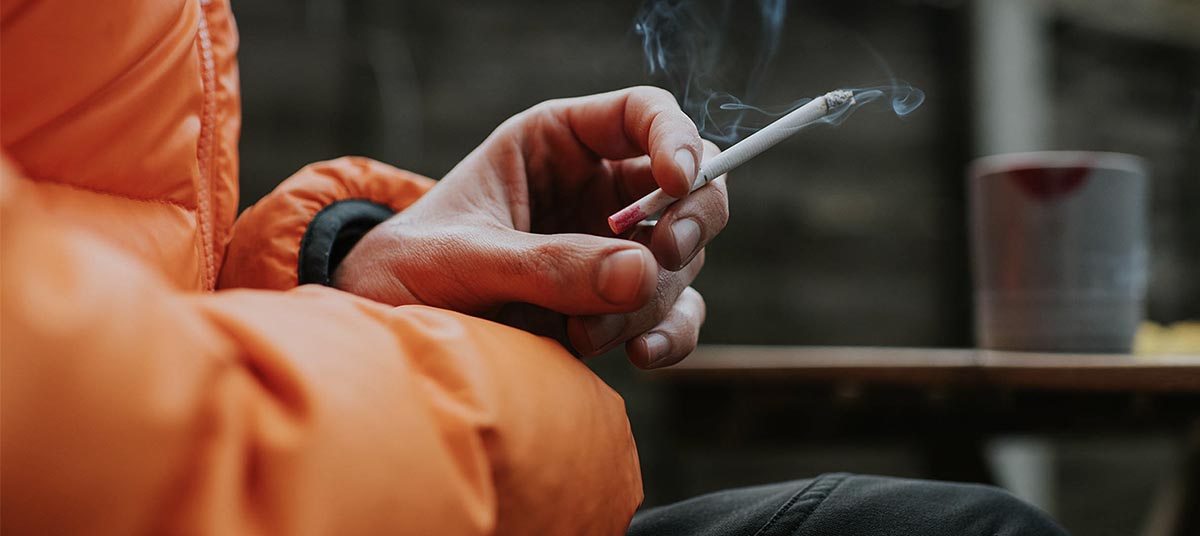Please note: We DO NOT offer free tax advice for TurboTax users or self-preparers.
Cigarette Tax Hikes: Indiana's New Age Bootlegging Challenge

Indiana's recent cigarette tax increase isn't merely a fiscal maneuver; it's a nod to the old bootlegging days. As the state raises per-pack prices, legislators are introducing rigorous penalties to curb smuggling activities, reminiscent of the Prohibition-era campaigns against moonshiners and criminal networks.
It's like stepping back into the 1930s in many respects. Historical records recall mid-1930s operations targeting illegal bootleg beer and tobacco syndicates. Nowadays, the spotlight has shifted from concealed stills to interstate highways and shopping centers, where bargain hunters evade taxes by traveling to states with lower prices or capitalizing on bulk purchases.
Examples abound, such as Kentucky and Tennessee. Kentucky's minimal cigarette tax—just 10 cents per pack compared to Indiana’s $1—has long established it as a bustling export center, with smuggling paths extending across multiple state borders. Meanwhile, Tennessee experienced an uptick in clandestine cigarette operations near its borders following tax hikes in the 2000s, paralleling classic "beer flats" but for cigarettes.
Nonetheless, the situation is nuanced. A 2018 Tobacconomics brief from Johns Hopkins Bloomberg School of Public Health evaluated the effects of states—including Indiana—increasing cigarette taxes by 50 cents or more. Following Indiana’s 2007 increase from 55¢ to 99.5¢ per pack, revenues climbed 43% over the next year, even as neighboring states experienced minor declines, proving that increased taxes elevated total revenue despite smuggling apprehensions.
It's a retro move with a modern twist, with Indiana tracking down cigarettes the way it once pursued illegal distilleries.
Legislative Overhaul: What's in the Latest Law?
Starting July 1, Indiana's cigarette tax more than doubles, and the law introduces effective enforcement measures:
Felonizing large out-of-state purchases, converting high-volume tamponers into felonies.
Enhanced task forces—involving Excise and state police—scrutinizing shipments at toll booths and storage facilities.
Random audits of wholesalers and retailers to catch counterfeit tax stamps.
Projected fiscal impact: $290 million annually, designated for public health initiatives.
Cross-Border Temptations and System Weaknesses
Enforcement remains a significant challenge. Indiana's adjacency to states like Kentucky, with lower tax rates, enhances its susceptibility to illegal trade. A Tax Foundation report placed Indiana among the top ten states likely to encounter an increase in cigarette smuggling following tax hikes, highlighting a "high risk of consumer evasion via border crossing and gray-market transactions."
Ohio, with its comparatively low cigarette taxes and dense highway infrastructure, is another state worth monitoring. A 2024 Mackinac Center study projected nearly 12% of cigarettes smoked in Indiana could result from out-of-state transactions in the first year post the hike.
Policy Strategies: Illinois & New York
Illinois:
Illinois recently increased its nicotine-product taxes to 45% of wholesale, boosting smuggling risks.
It’s estimated that 30% of cigarettes consumed there are smuggled across borders.
The state imposes severe fines on unstamped packs—$20–$25 per package above nine—and began targeting massive shipments following its 2019 tax increase ($1 per pack), which led to a surge in contraband.
New York:
With some of the nation’s steepest combined taxes (state + NYC), New York has endured smuggling rates over 50%, reaching a peak of 61% amid its latest $1-a-pack increase.
The Albany-based Bureau of Alcohol, Tobacco & Firearms and the state’s Tax Enforcement Office enforce trafficking laws at the felony level (Class D/E felonies for 10,000+ cigarettes).
Historical Hustles: Indiana's Economic Legacy
Bootlegging is virtually woven into Indiana's economic fabric. During Prohibition, Indiana hosted some of the Midwest's most active moonshine operations, especially in rural Southern Indiana counties such as Lawrence, Dubois, and Orange. Moonshine typically traveled covertly at night along "Whiskey Roads."
Nowadays, the medium has transformed—packs replaced pints—but the strategy remains strikingly familiar: exploit legal gaps, leverage geographic advantages, and transport goods without detection.
Even former Indiana Excise officer John Halverson noted the similarity: "Back then, it was stills in barns. Now it’s cartons in car trunks."
Public Health Triumph or Strategic Risk?
Not everyone perceives the smuggling rise as a policy error. Public health advocates argue that even as some smokers avoid the tax, higher overall prices result in actual smoking reductions, mostly among teens and low-income consumers.
As per Mike Seilback, the National Assistant Vice President for Advocacy at the American Lung Association, speaking to The Indiana Capital Chronicle,
“Higher tobacco prices are the single most effective way to reduce smoking, period. We expect thousands of Hoosiers to quit, with many more young individuals refraining from starting."
Even with smuggling rates between 10–30%, research indicates that states can still achieve significant net revenue gains post-tax hikes—assuming enforcement is rigorous. Indiana’s experience in 2007—a 41% sales drop but a 43% revenue increase—demonstrates this pattern.
Evaluating the Strategy's Success
Indiana is gambling that its strategy will be successful. But the results rely on more than just revenue forecasts. Can the state balance deterrence and enforcement effectively? Will local retailers adjust? And will modern-day bootleggers—moonshine runners in SUVs and rental vans—continue to outpace the authorities?
Time will reveal the outcome. For now, the essence of the 1930s thrives on the backroads of the Midwest. The stakes are higher, vehicles faster, and tax stamps tougher to counterfeit—but the game? It's as timeless as Indiana itself.
Want our best tax and accounting tips and insights delivered to your inbox?
Sign up for our newsletter.